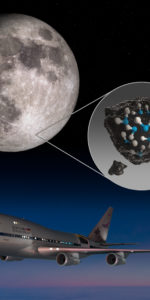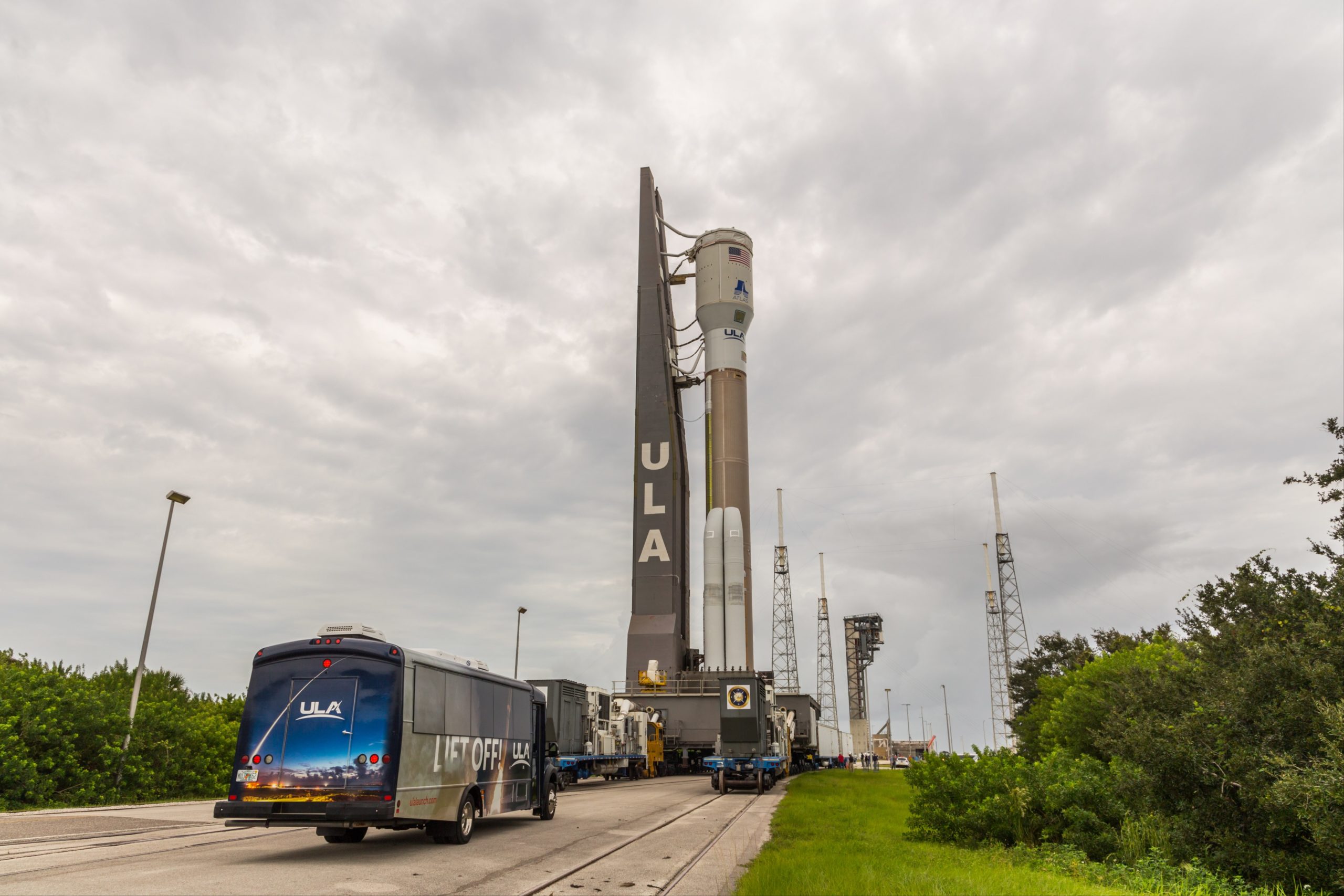
After three launchless months, United Launch Alliance (ULA) plans to return to flight for its fifth mission of 2020 as early as 3 November, with a just-after-sunset mission by its Mighty Atlas V from storied Space Launch Complex (SLC)-41 at Cape Canaveral Air Force Station, Fla.
Liftoff of the Atlas V 531—whose nomenclature identifies a 17-foot-diameter (5-meter) payload fairing, three strap-on, solid-fueled boosters and a single-engine Centaur upper stage—is targeted to occur during a 160-minute “window” which extends from 5:30 p.m. EST through 8:10 p.m. EST. Primary payload for this flight is the highly secretive NROL-101 mission for the National Reconnaissance Office.
Original expectations called for NROL-101 to be ULA’s 30th dedicated reconnaissance payload for NRO, following on the heels of 16 Atlas V launches between June 2007 and October 2017 and 12 Delta IVs—including six missions by the triple-barreled Delta IV Heavy—having flown between June 2006 and January of last year. The exact nature of each mission remains highly classified, although it has been suggested that their purposes and objectives include signals and electronic intelligence gathering, radar and optical imaging and military communications.
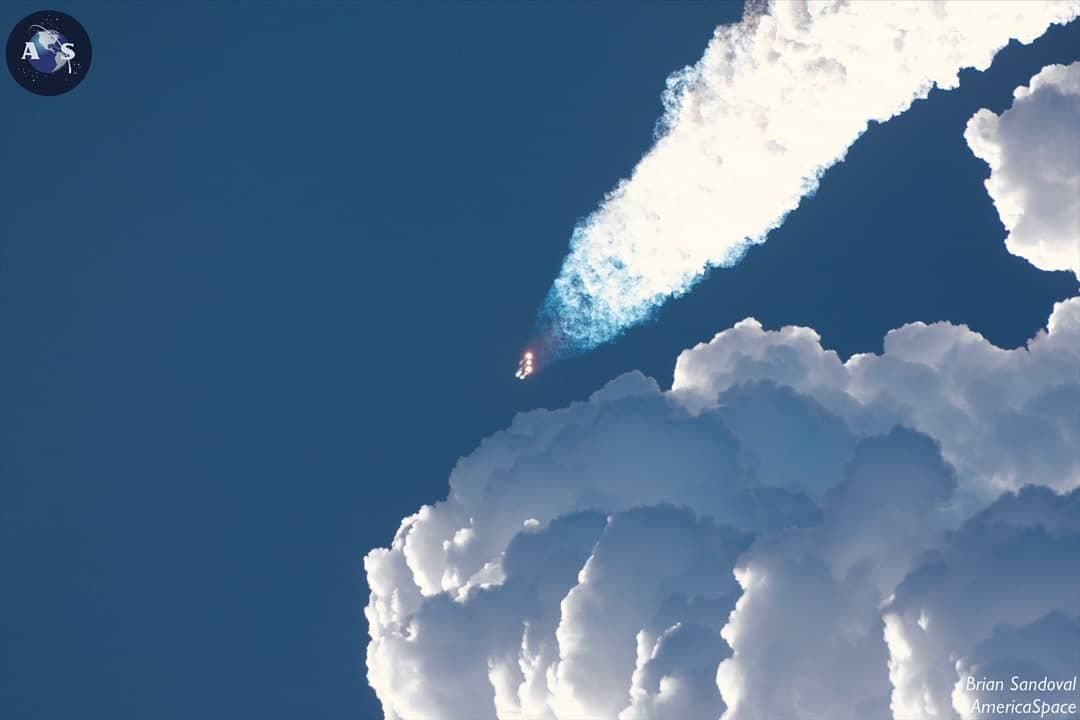
The 29th flight was meant to be NROL-44, atop a Delta IV Heavy, which has succumbed to repeated technical and weather-related delays, as well as two last-second scrubbed launch attempts since late August and is presently classified as “indefinite on the Range” with no confirmed No Earlier Than (NET) date. As such, NROL-101 is expected to leapfrog the snakebitten NROL-44 with next Tuesday’s launch.
And with this upcoming launch, ULA will have logged five flights in 2020, counting Solar Orbiter in February, the sixth and final Advanced Extremely High Frequency (AEHF-6) military communications satellite in March, the U.S. Space Force’s classified X-37B Orbital Test Vehicle (OTV) mini-shuttle in May and July’s spectacular start of the Perseverance rover mission on its multi-month voyage to Mars.
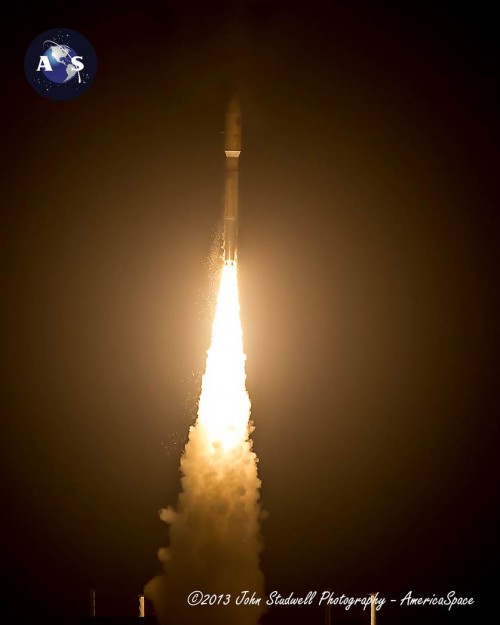
Although five flights will tie with the number of missions ULA achieved in 2019, it still represents one of the Centennial, Colo.-headquartered organization’s least-flown years on record. Prior to 2019, you would need to look all the way back to 2005, which saw only six flights executed by its Atlas V and Delta IV product lines.
Hopes remain high, however, that the classified NROL-82—currently undergoing processing for launch atop a Delta IV Heavy from Vandenberg Air Force Base, Calif.—may fly in December, bringing 2020’s total up to six missions.
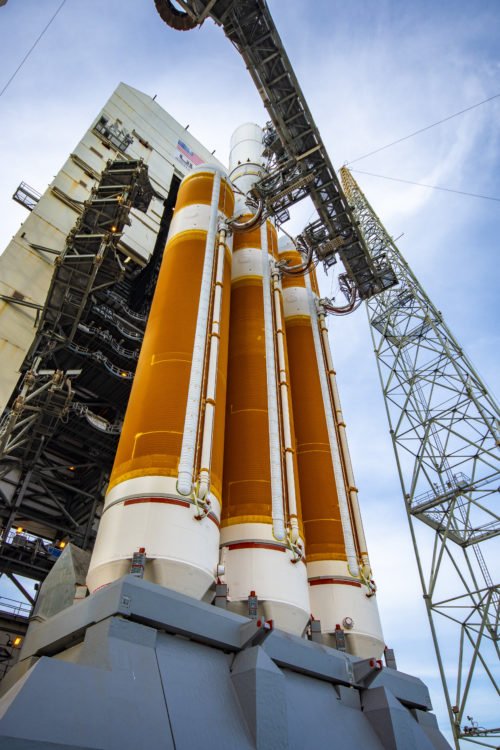
The NROL-101 mission will fly atop one of the least-used configurations of the Atlas V, the “531”, which is a middle-of-the-road booster in terms of lifting potential. It can reportedly put up to 34,350 pounds (15,575 kg) into low-Earth orbit and up to 16,480 pounds (7,475 kg) into Geostationary Transfer Orbit (GTO), which offers a good indicator of the size, mass or energy requirements of NROL-101. It has only flown three times to date, launching the first three Advanced Extremely High Frequency (AEHF) military communications satellites in August 2010, May 2012 and most recently 18 September 2013.
“It’s just a less frequent mass and orbit combination,” ULA CEO Tory Bruno explained in response to a recent question from AmericaSpace. “For perspective, Atlas and Delta together come in over 41 configurations, with most of those being Atlas variants. So small numbers (even zero) for some configurations is to be expected.”
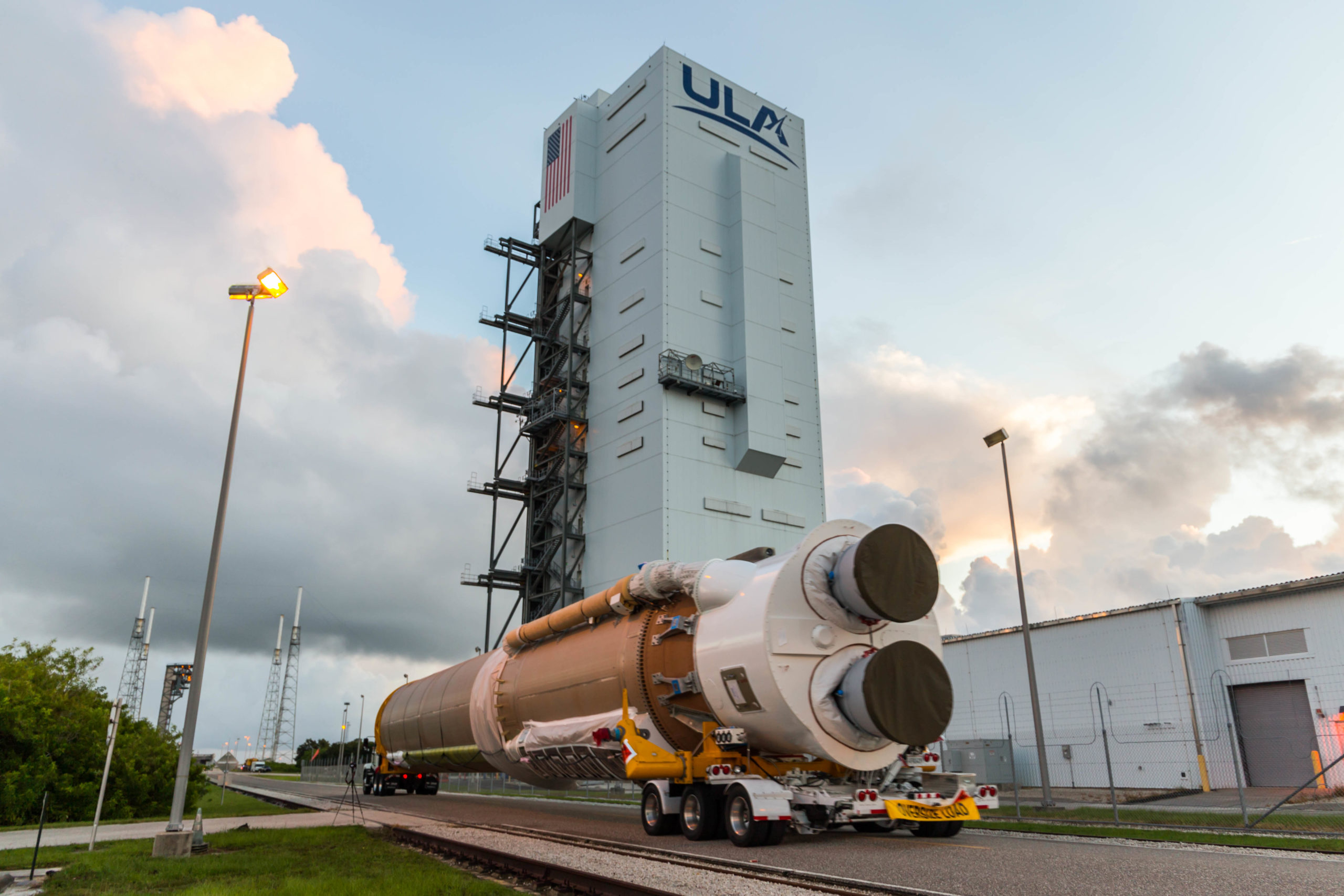
The 107-foot-long (32.6-meter) Common Core Booster (CCB)—the Atlas V’s first stage—and its 41-foot-long (12.6-meter) Centaur upper stage for the NROL-101 mission arrived on the Space Coast in early July, transported from ULA’s Decatur, Ala., facility via the RocketShip cargo vessel. Efforts to erect the giant rocket and its new-style solid-fueled boosters in the Vertical Integration Facility (VIF) at SLC-41 got underway in the second week of September as part of a significant processing milestone known as “Launch Vehicle On Stand” (LVOS).
This was followed by efforts to install not only the Centaur, but also a trio of new-style Graphite Epoxy Motors, called “GEM-63”, fabricated by Northrop Grumman Corp. These represent the fourth generation in a long line of GEMs used in conjunction with both Atlas and Delta, whose numerical designation identifies their casing diameter in inches.
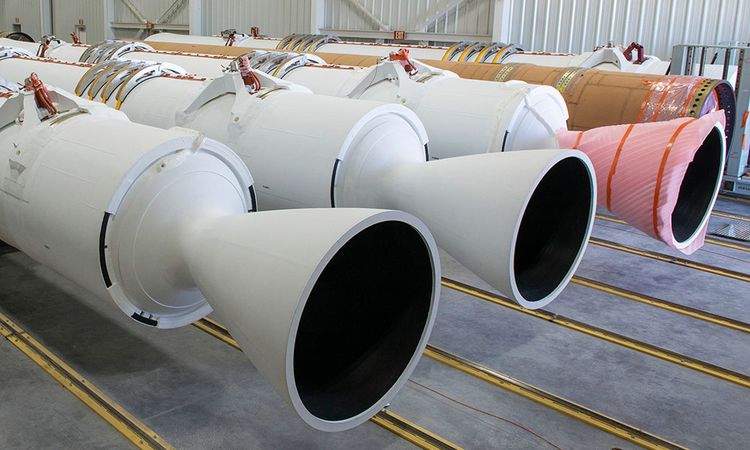
The 40-inch-diameter (101.6 cm) GEM-40 supported 132 Delta II missions between November 1990 and September 2018, whilst the 46-inch-diameter (116.8 cm) GEM-46 was used in conjunction with the Delta II Heavy for six launches. More recently, the GEM-60 has been partnered with the workhorse Delta IV Medium+ for 26 missions, most recently the booster’s swansong flight in August of last year.
Three GEM-63s are being flown for the first time on the NROL-101 mission. At 63 inches (1.6 meters) in diameter and standing 65 feet (20 meters) tall, they are the longest single-case solid-fueled rocket motor ever built by Northrop Grumman and will replace both the GEM-60 boosters previously used by the Delta IV and Aerojet Rocketdyne’s AJ-60A boosters previously utilized by the Atlas V.
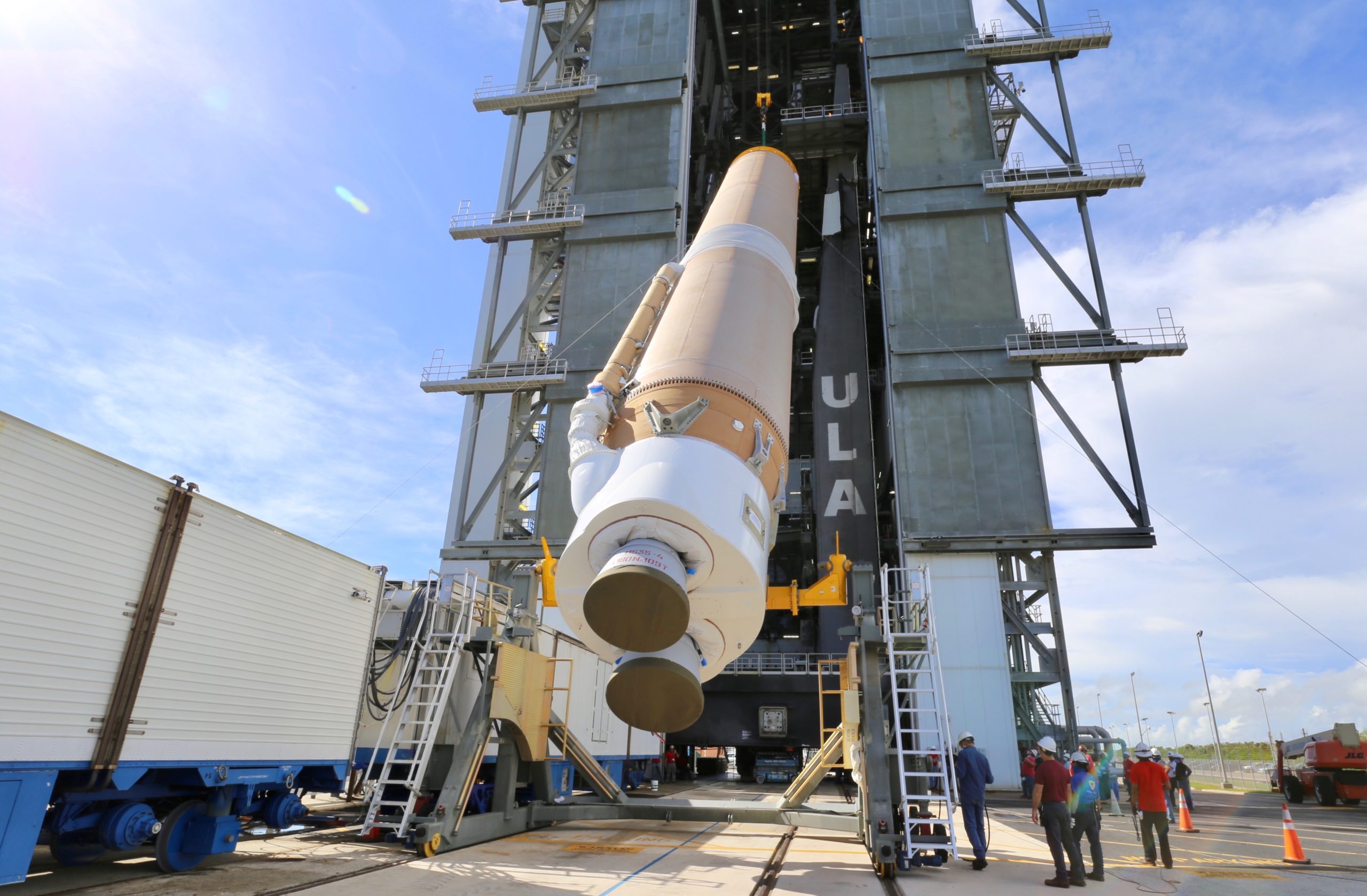
The origins of the GEM-63 date back to contracts awarded to Orbital ATK in September 2015, with a key aim to “significantly lower the price to ULA and to the U.S. government”. In tandem with the barebones booster for Atlas V operations, an “extended length” (GEM-63XL) variant is being developed in parallel for Vulcan, whose 72-foot (22-meter) height makes it the longest single-case solid-fueled rocket motor ever built.
“Since GEM-63 consists of the longest monolithic case manufactured (not necessarily the heaviest), it does pose some challenges such as transporting to the launch site,” Northrop Grumman’s Kendra Kastelan recently told AmericaSpace. “The booster size and weight are pushing the capabilities for over-the-road transport. Special transporters have been fabricated to transport the boosters to Cape Canaveral.”
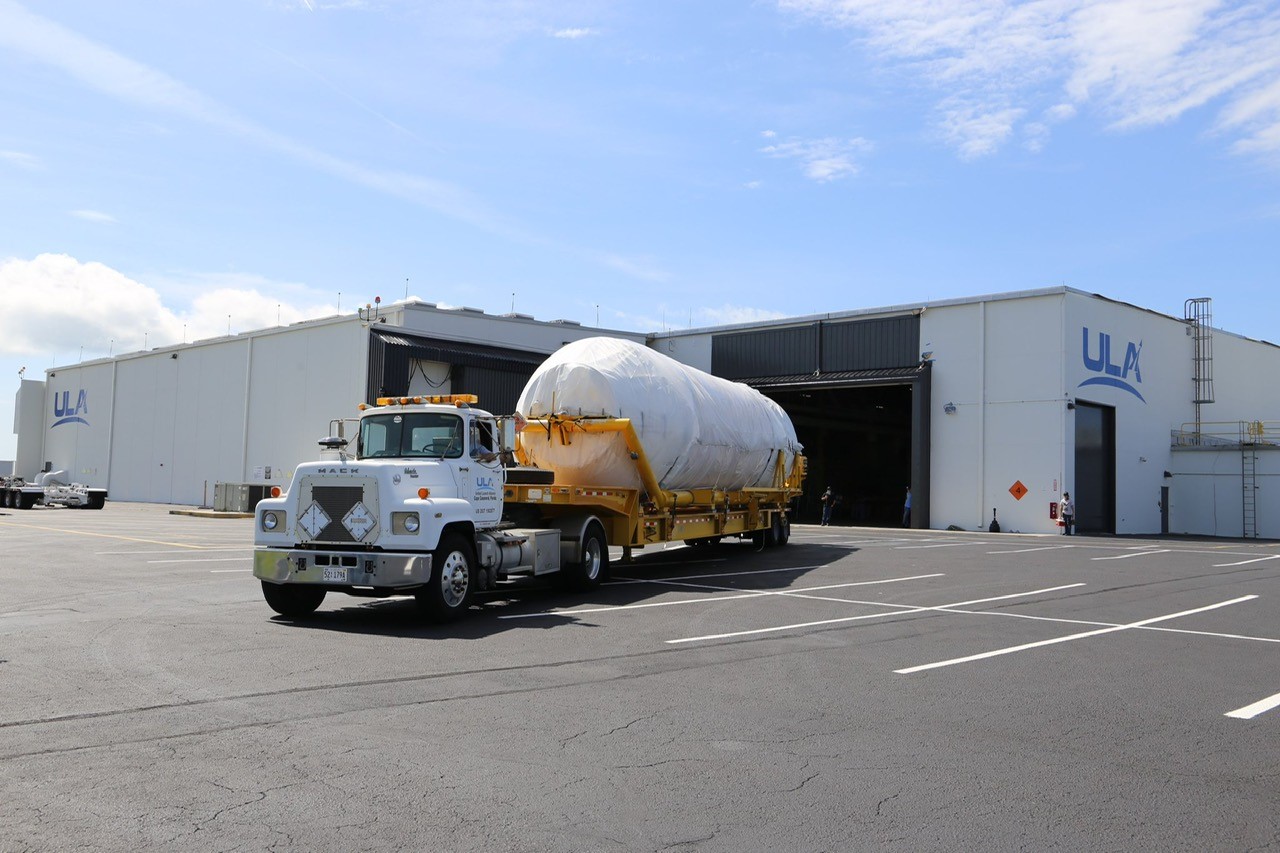
Within just three years, in September 2018 the GEM-63 completed its first 110-second static fire test at Northrop Grumman’s test area in Promontory, Utah, which qualified it for use on the Atlas V, followed by a second test in early 2019 which qualified it for U.S. Air Force missions. A third test last October satisfied Air Force requirements, validated ballistic performance across the temperature range and optimized the nozzle.
“The GEM-63 utilized many lessons learned from prior GEM programs,” Ms. Kastelan explained. “Some of their design features and manufacturing processes are even common with GEM-63. It is fair to say that GEM-63 wasn’t starting at the beginning of the learning curve, so NGC was able to get to production sooner than a typical program.”
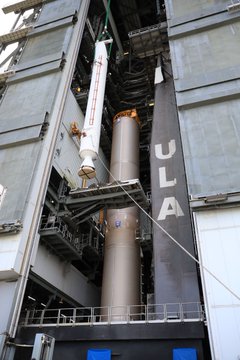
Over-the-Road Transporter (ORT) systems are reportedly employed to move the GEM-63 components, according to Ms. Kastelan. “These ORTs were specifically designed for improving launch site vehicle mating operations and timeline,” she told us earlier in July. “A GEM-63 inert pathfinder was used to demonstrated the booster mating process with the ORT in May 2019.”
Up to five GEM-63s can support a single Atlas V, with three assigned to power the NROL-101 mission away from the pad in September. Each booster generates 373,000 pounds (169,000 kg), which—when combined with the thrust afforded by the Atlas V’s own RD-180 engine—will produce a total thrust at liftoff for the NROL-101 mission of close to 2 million pounds (900,000 kg).
Integration of the three GEM-63s onto the Atlas V was completed in mid-September and just last week the entire rocket, minus its payload fairing, was put through a Wet Dress Rehearsal (WDR) which ULA describes as a customary procedure before all NRO missions. It rode the Mobile Launch Platform (MLP) from the VIF to the SLC-41 pad surface on 20 October and was loaded with its flight supply of 25,000 gallons (113,650 liters) of a highly refined, rocket-grade kerosene, known as “RP-1”. This will remain in the Atlas V tanks through launch day.
Last Wednesday, countdown operations for the WDR got underway, orchestrated from the Launch Control Center (LCC) at the Atlas Spaceflight Operations Center (ASOC). The rocket was powered up, its guidance system and ground systems were tested and the effort began to load 66,000 gallons (300,000 liters) of liquid oxygen and hydrogen, just as will happen for real on 3 November.
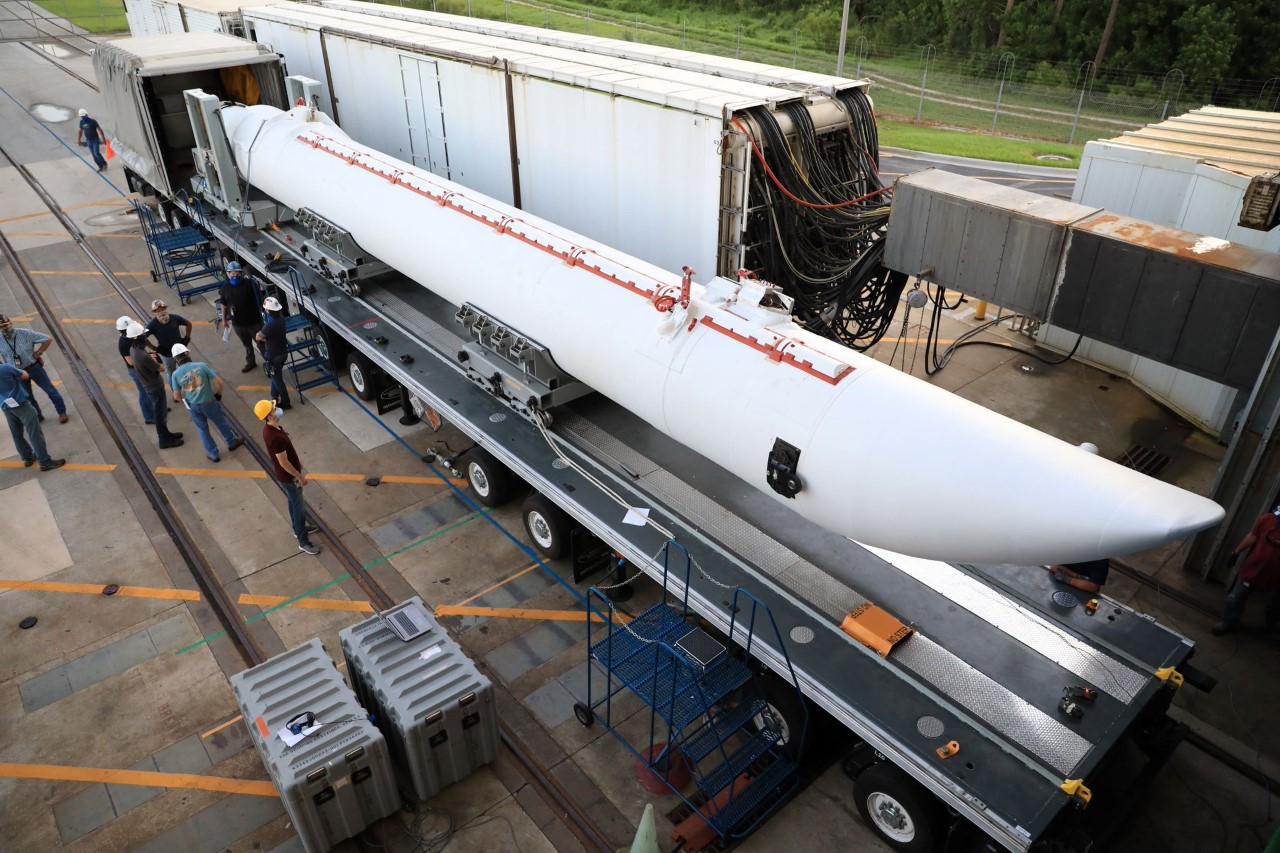
The countdown proceeded to its final built-in hold-point at T-4 minutes, then proceeded through the topping-off and pressurization of all stages and emplacement of the Atlas V on internal power. The test concluded with a scheduled cutoff call shortly prior to ignition.
The cryogenics were then drained from the booster and it was trundled back to the VIF late Thursday. “WDRs are milestones meant to mitigate any issues before the actual launch day arrives,” ULA noted. “ULA performs WDRs for all planetary launches and select missions when requested by the customer.”
.
.
FOLLOW AmericaSpace on Facebook and Twitter!
.
.





